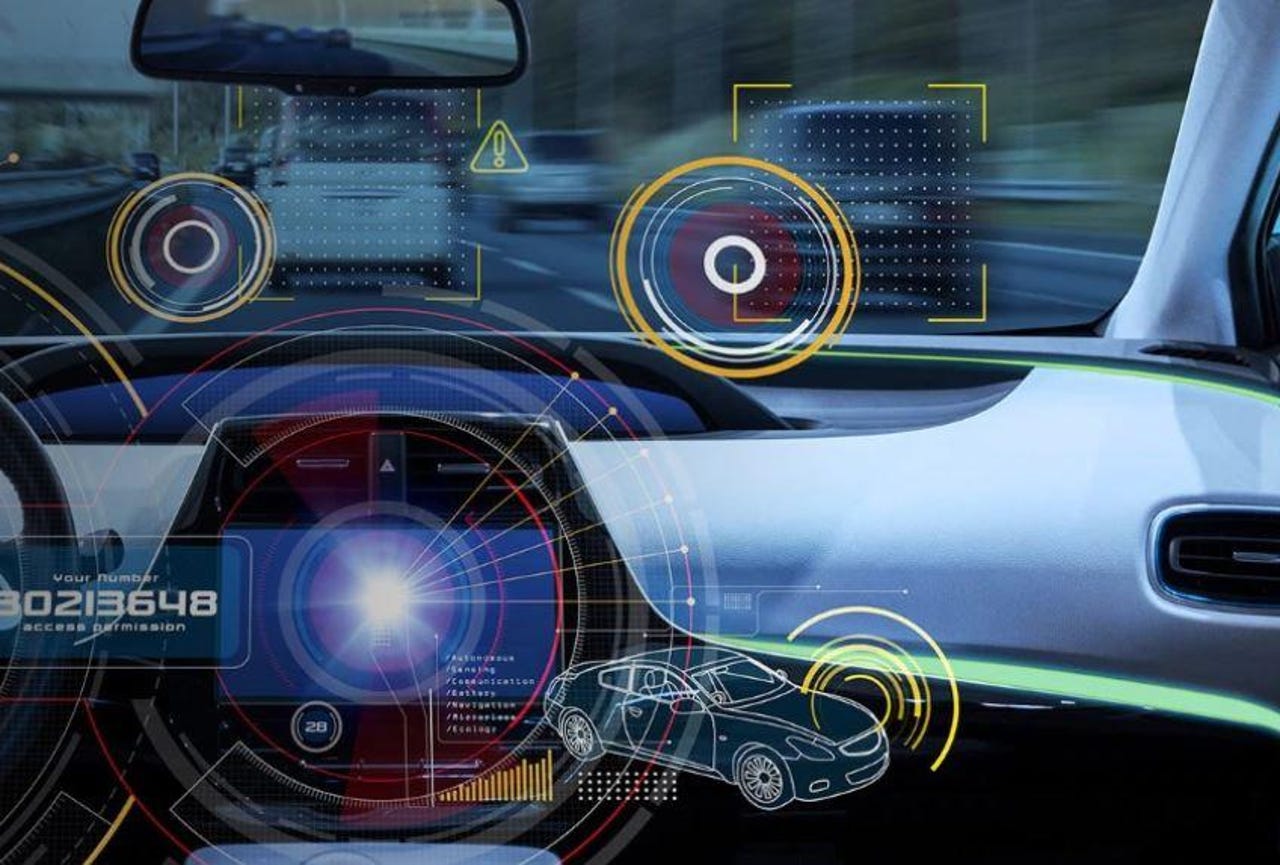TomTom's navigation technology is now part of Microsoft's Connected Vehicle Platform


Featured
Microsoft and TomTom have been enemies, and more recently, partners. On September 6, the two took another step along the partnership path, with TomTom announcing that its navigation technology has been integrated with Microsoft's Connected Vehicle Platform.
Via this integration, "navigation usage and diagnostics data can be sent from vehicles to Microsoft Azure where the data can be used by automakers to generate data-driven insights to deliver tailored services and to make better-informed design and engineering decisions," according to TomTom's press release. The location intelligence, which includes traffic information and HD map services, also can be used for navigation apps and autonomous driving, TomTom said.
Back in December 2016, TomTom announced its location-based services were available on Azure. In February 2019, TomTom was among the vendors Microsoft selected as location data providers for mapping services for Azure Maps, Bing, Cortana, Windows, and unspecified "future offerings."
Microsoft's Connected Vehicle Platform (MCVP) -- formerly known as its Connected Car Platform -- is all about getting vehicles to connect to Microsoft cloud services like Azure, Office 365 and more on the back-end. Microsoft's Connect Vehicle strategy replaced its old "Windows Automotive" plan, via which Microsoft attempted to convince carmakers to embed Windows inside their vehicles.
MCVP is a platform layer on top of Azure. It gives carmakers and integration partners a way to deliver vehicle sensor telemetry into a data lake running on Azure, according to a Microsoft white paper on MCVP. MCVP isn't just about passenger vehicles; it also is intended to work with commercial and industrial vehicles, including cars, trucks, cranes, ships, and drones.
"MCVP provides IoT for things that move," the paper explains.
Unlike some of its competitors, Microsoft isn't taking the approach (these days) of trying to build an autonomous driving system or in-vehicle entertainment system. It's trying to attract carmakers to use its cloud technology to build their own customized solutions. Microsoft is providing vehicle makers with a menu of cloud-connected options: IoT, AI, security, connectivity, productivity, and edge services.
Microsoft's pitch is it can deliver an "automotive-grade, cloud-based data pipeline implementation for secure, hyper-scale communication between vehicles and their end connected mobility services (such as telematics, diagnostics, and remote vehicle
feature control)."
MCVP is one of several platforms that Microsoft is building on top of Azure for specific verticals. It also is targeting healthcare, energy, financial services, government, manufacturing and media, and entertainment. In some of these verticals, Microsoft is providing blueprints with documentation, modeling, scripts, and architectural guidance to help jumpstart the creation of custom solutions. Microsoft's overarching mission is to move more businesses to Azure.